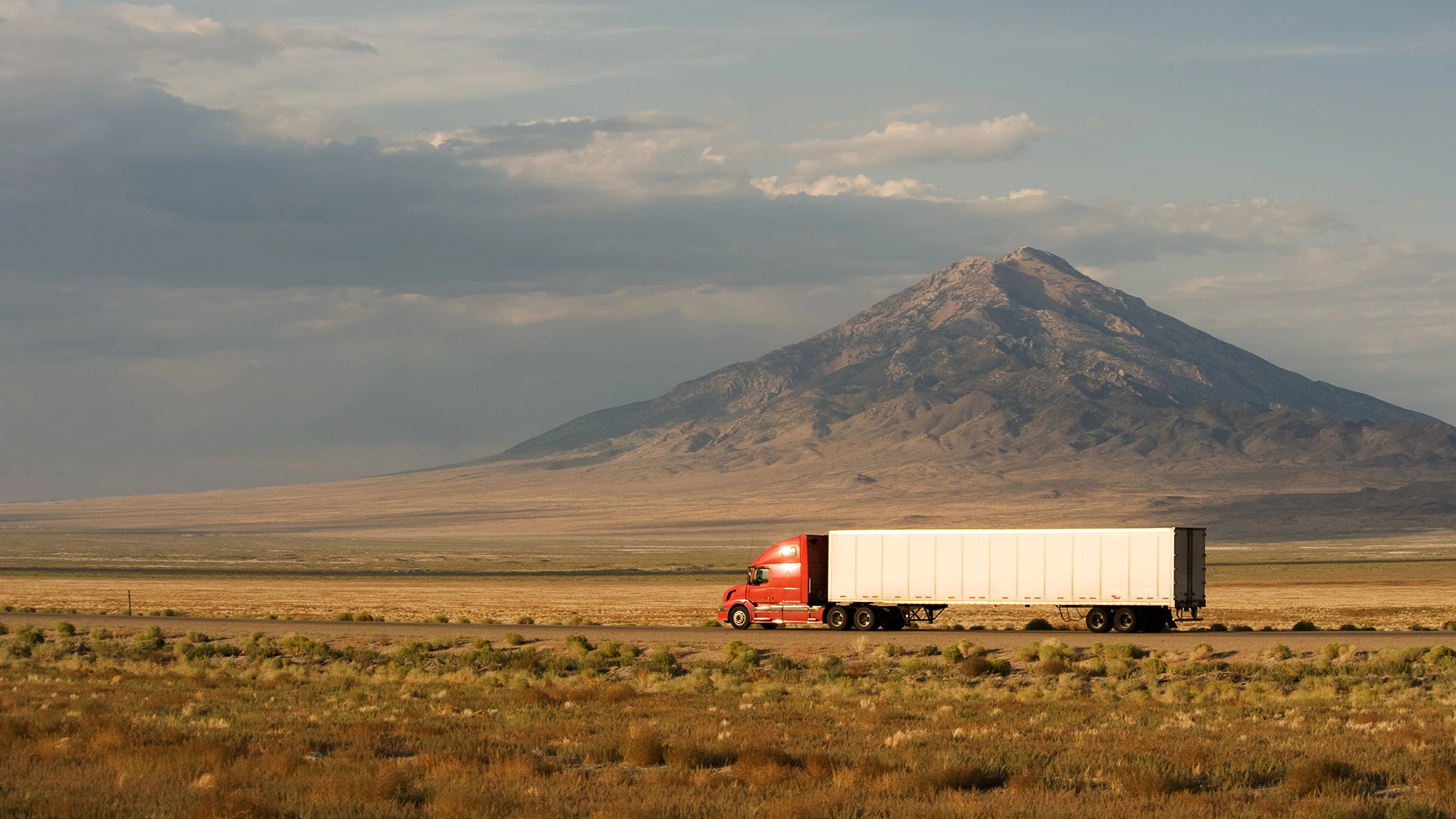Technology
Beyond 18-wheelers: How the EPA plans to clean up truck traffic in the US

This story was originally published by Grist. Sign up for Grist weekly newsletter here.
In the 20 months since Congress passed the Inflation Reduction Act, which provided billions in subsidies for clean energy projects and electric vehicles, President Joe Biden has tried to supplement these climate carrots with a few important sticks. The Environmental Protection Agency has been working hard in recent months to roll them out, in the form of major rules that penalize carbon emissions from power plants, oil wells and other industries. passenger carsin an effort to finalize new rules before the election.
The government finalized the last of those rules on March 29, a set of strict standards for carbon emissions big rigs and other heavy vehicles. These regulations are among the most controversial Biden climate rules, in large part because they push against the limits of available technology: Freight companies and trucking industry advocates have argued that the rule could force them to ditch diesel engines before electric powertrains are ready to replace them in long-distance trekkers. The EPA weakened the rule of an earlier version in response to these concerns, delaying the mandate for the largest trucks by a few years.
But the rule goes beyond long-distance transport. It also applies to a wide range of other heavy vehicles, including garbage trucks, box trucks, cement mixers and school buses. These vehicles emit toxic air pollution just like 18-wheelers, but they travel far fewer miles and carry lighter loads, making them easier to replace with electric models.
“If you look at the share of vehicles, even in tractors, a large portion of them are not traveling more than 250 miles per day,” said Dave Cooke, a vehicle analyst at the Union of Concerned Scientists, a climate advocacy group. “There is a significant part of the sector that could now be electrified because a large part of it has very different routes.” The rule will apply to approximately 11 million heavy commercial vehicles in the United States.
That of the truck industry opposition to the rule has focused on what EV drivers often call range anxiety: tractor-trailers have to haul heavy loads on highways for hours, and many existing batteries are not quite up to the job of replacing them diesel engines over such long distances. Furthermore, the few electric tractors currently on the market are many times more expensive than conventional models, and there are few places to charge them. The Biden administration has attempted to close this infrastructure gap with a “strategy for zero-emission freight corridorsThat will direct chargers and grid investments to highways that carry an outsized share of long-haul freight traffic.
But a large percentage of trucks and heavy commercial vehicles do not make long journeys and therefore do not have to worry so much about range. For example, garbage trucks, city buses and vans travel a maximum of a few hundred kilometers per day, within the range of current battery technology, and return to a depot or warehouse where they can charge overnight.
Even the Clean Freight Coalition, which represents freight companies and truck dealers, has found that most of these vehicles can become electric using available technology. a recent report from the group found that electric models currently on the market can handle 93 percent of medium-duty truck routes, with only the longest requiring 7 percent more energy than current batteries can provide. That’s compared to just half of all tractor-trailer routes, according to the report.
The electric transition among short-distance vehicles is already taking place in many parts of the country. The Biden administration has doled out billions of dollars to cities like Baltimore to roll this out electric school busesand companies like Amazon have deployed a growing number of electrical devices Rivian Vans on parcel routes.
The nation’s most ambitious effort is in California, which has sought federal permission to impose even stricter truck emissions standards than the EPA. It has a aggressive push Unpleasant decarbonise short-haul freight transport, also known as drayage. Trucks unloading cargo from the nation’s two largest ports, in Los Angeles and Long Beach, California, make thousands of trips through residential areas, and the state is encouraging companies to go electric and improve air quality in those areas.
The The Biden administration’s new rule sets a faster timeline for things like vans and commercial vehicles than for tractors. The standards for those smaller vehicles will go into effect in model year 2027, but the standards for long-haul trucks with sleeper cabs won’t go into effect until 2030, a change that represents a major concession to the trucking industry’s concerns.
“We thank [EPA] for addressing industry concerns about the challenges of the rule’s early years, and we remain committed to upholding the spirit of this regulation,” Sean Waters, an executive at major trucking company Daimler, said in a statement following the announcement of the rule.
Like the EPA’s previous line about passenger carsthe truck rule is ‘technology neutral’, which means that no electric transition is necessary. Instead, it sets targets for the CO2 emissions of a truck manufacturer’s entire fleet, giving them the opportunity to increase the fuel efficiency of their diesel engines or offer hybrid or electric models. The agency outlined a hypothetical scenario showing how a company could meet regulations in model year 2032 by rolling out a line of hybrid vans and school buses. Two-thirds of tractors would still run on diesel, while a smaller number of hydrogen fuel cell trucks would also be involved.
Cooke says the agency could have pushed companies harder to switch to zero-emission vehicles, since the technology for short-haul electrified trucks already exists.
“This rule does not guarantee that we will see zero-emission trucks in communities on the ground that engage in the trucking industry,” he said, adding that he had hoped for a “stronger signal” to companies and utilities to invest in electric trucks and transmission infrastructure to charge them.
Yet the rule will still lead to significant improvements in air quality, said Laura Kate Bender, who leads healthy air advocacy at the American Lung Association. That will apply even to cities without major freight routes or major ports, she said: Large local vehicles like buses and garbage trucks are among the most polluting on the average city street, and a strong push to replace them with electric models will lift the burden on frontline communities .
“There are a lot of different types of trucks, other than the big long-haul trucks that we think of on the highway, that are actually around people,” Bender says. “We are excited to see what cleanup this leads to.”
This article originally appeared in Grist bee https://grist.org/regulation/biden-epa-truck-rule-climate-pollution-heavy-duty-bus-delivery/.
Grist is an independent, nonprofit media organization dedicated to telling stories about climate solutions and an equitable future. More information at Grist.org









